“What do you hear?”
“Major third?”
“Or is it a diminished fourth? Listen to the progression again.”
Ear training with Dr. Abbott. One hour. Three times a week. Three months.

I learned a great deal about the art and science of the piano from Dr. William Abbott, professor of music at the University of Wisconsin. Dr. Abbott was a brilliant, virtuoso pianist – classic, jazz, pop – he played it all, and he played several other instruments at a high level. He was one of the few people who have true perfect pitch. His doctorate was Music Theory, and his performance experience included playing with the big bands, like the Count Basie Orchestra. He played bassoon with the Fargo-Moorhead Symphony Orchestra, tympani with the St. Paul Chamber Orchestra, and piano for Guthrie Theater productions. He founded and conducted the St. Croix Valley Symphony Orchestra.

Dr. Abbott created an innovative university program combining ear training, music theory, performance, piano tuning and rebuilding, history of the piano, and the physics of sound – the science of what happens when the piano hammer hits the piano wire. Art meets craft meets science. His car license plate was 88KEYS.
I was one of his first piano technology students. Combining the art of playing piano with the almost lost craft of tuning and rebuilding those magnificent old uprights and grands appealed to me on several levels. At a time when I was struggling with focus, this opportunity offered university study with a practical application. Dr. Abbott and I spent quite a bit of time together, taking pianos apart, rebuilding and regulating the actions, putting them back together, and tuning them. He was a gifted teacher and the consummate story teller. One afternoon, as we were adjusting the dampers of one of the school’s grand pianos, he told me this story, which does not end as you might think it might.
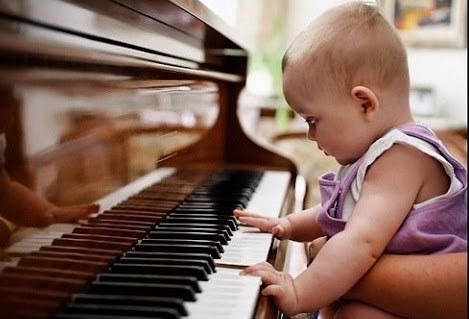
He told me that before his first son was born and still in his mother’s womb, he and his wife sat at the piano, playing and singing, so the young Abbott would feel music before ever hearing it. After the boy was born, they sang to him and played for him, bringing him music in every way, shape or form he could think of.
As the boy grew, he set his son’s course to the good doctor’s first love: music. Music lessons, ear training, voice training, multiple instrument training – he did everything he could think of to light the fire of music in the lad’s belly.
Dr. Abbott paused, then went about his work and didn’t continue the story. So I prodded him.
“How old is your son now?”
“Twenty.”
“He must be a very accomplished musician?”
A pause.
“No, he’s not. He plays guitar a little. But he has no interest in making music a significant part of his life.”
“Well, what’s he doing?”
“He dropped out of college his freshman year. He’s driving delivery truck for the Pepsi bottler in town. Likes the job.”
The end.

I finished up my piano technology course work that year. My final project, my “thesis,” was to take a well-worn action from one of the school’s Steinways, a 6’ 10” Model B, rebuild it, and regulate it to perfection. The piano action is the mechanical chassis that transfers the motion of the pianist’s fingers on the keys to the hammers striking the strings. The action easily slides out of the piano bed in one piece so you can transport it to a well-lit shop and begin work.
A grand piano action can have over 6,000 separate parts, mostly made of wood, particularly on older pianos. Each key can have up to about 40 separate components, beginning at the ivories and ending at the hammers. Each needs to be adjusted to critical tolerances in order to respond and translate the pianist’s touch over a wide dynamic range, from pianissimo to forte. An accomplished pianist can play up to about 15 notes per second with each hand, so every pin, strap and spring must be working precisely.

First, I inspected the action and replaced any broken or malfunctioning parts. Then I reshaped and voiced each of the 88 hammers and set the hammer drop. At that point, I regulated let-off distance from the hammer to the string by turning the drop screw on every one. Among the many other arcane adjustments: jack-to-knuckle alignment, back checks, spring tests to make sure they are strong enough for positive hammer lift, jack height, drop, and dip/after-touch. The tools used for this work are highly specialized and unrecognizable to anyone who does not use them. Dr. Abbott personally helped me build my tool kit from Schaff Piano Supply outside Chicago.
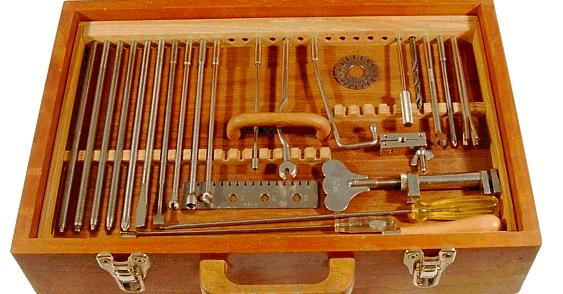
It took me several hours over a period of a week to complete work on the action. The big day arrived. I hauled the action – very carefully – into Dr. Abbott’s office, which also served as the university piano shop. I rechecked the obvious and waited for the professor to finish up a class and come proof my work.
He walked in, set his briefcase down and did a brief visual inspection of the action. Taking off his coat, he loosened his tie, sat down on a piano stool at the shop table, and put on his reading glasses. After opening his tool kit and selecting the appropriate regulation tools, he started at the bass end and deliberately worked his way up to the treble. He quizzed me on the whys and wherefores of what I’d done and checked every measurement, making further adjustments here and there. It took a couple hours.
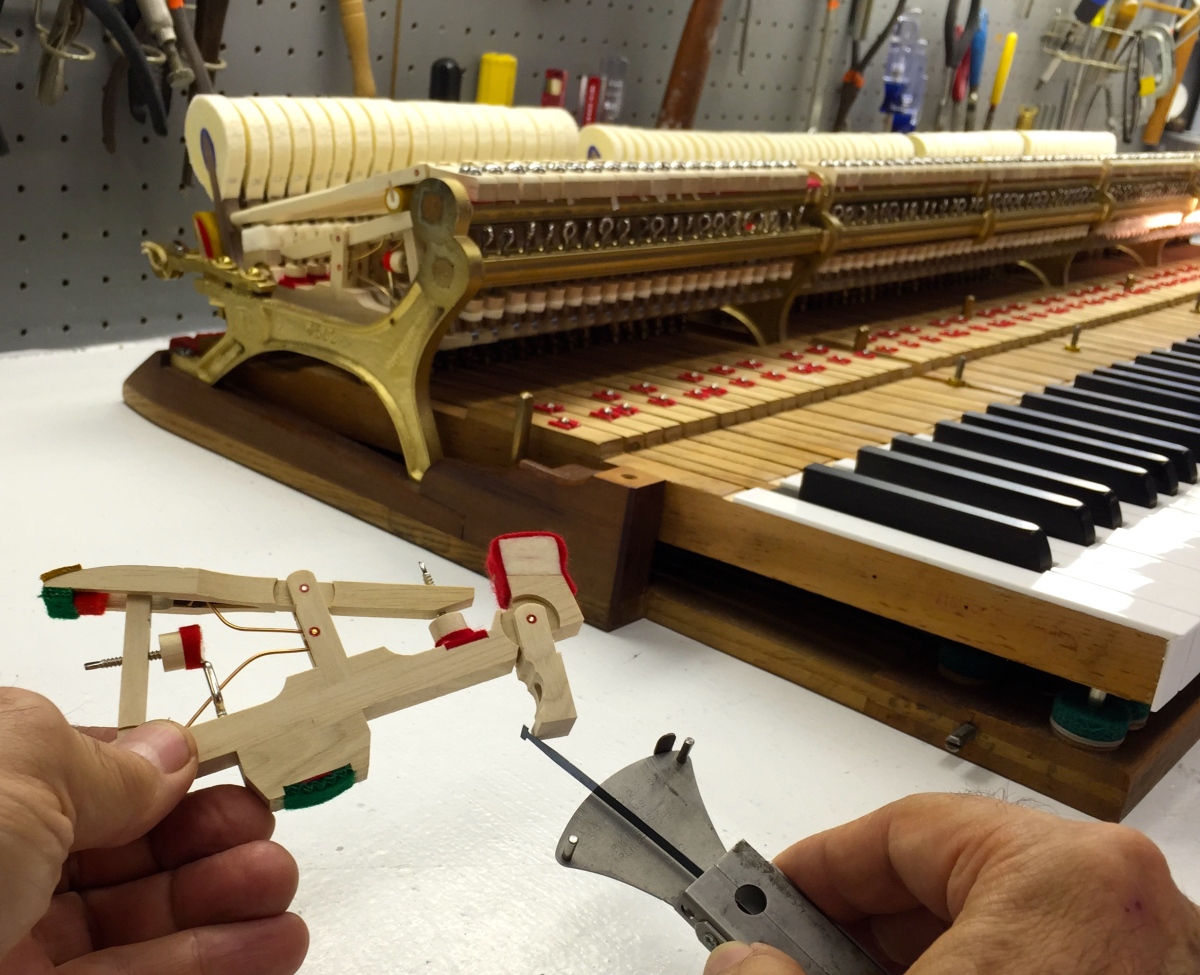
Rolling his piano stool back, Dr. Abbott took off his glasses, looked at me, and smiled.
“Excellent. A+ work. This action is ready for concert duty. I could not have done it better myself. Please return it to its piano, check the damper action, and take it for a spin!”
I could finally breathe! The final joy was sliding the action back into the Model B, fastening it securely, replacing all the other parts, checking the damper action, and sitting down to play it. The action was crisp, responsive, and flawless, though I did detect a little more work I might do on voicing some of the hammers.
After leaving the university, I started work for the largest piano shop in Minneapolis – Schmitt Music – rebuilding and turning pianos, learning from the pros. It was an apprentice position that prepared me to join the Piano Technicians Guild and start my own piano business for a time, The Upright Piano Works. I called it “upright” because I thought of myself as an upright person, and it was a name that was right for the times as the retro craft movement was growing. Calling it The Grand Piano Works would have been pretentious. Or so I thought.
Not long after I left the university, I received word that Bill had died suddenly of a heart attack. They named the concert hall in the university’s Fine Arts Building after him. Abbott Concert Hall. I returned to the university that same year, completed my major field of study – English – and graduated a year after he passed away.
I continued doing piano work, but as other work and travel took over, including grad school, it faded to the background. I still have all my tools, and a couple years ago put them to use on my 1931 Vose Brothers baby grand. I had forgotten some things, but as I took the tools in my hands and started to use them, the skills came back. The difference in the piano amazed me. The fact that I could still do the work after all these years amazed me, even more.
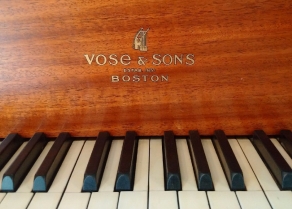

From time to time, I think back to the story Bill told me. I don’t know why he shared that part of his life with me, but I think it was related to my own search for grounding and direction, which were likely apparent to him. The message I took away was this: No matter how you plan, life often has something else in store for you and turns another direction.
The best laid schemes of Mice and Men
oft go awry,
And leave us nothing but grief and pain,
For promised joy!
Robert Burns, To a Mouse (Poem, November, 1785)

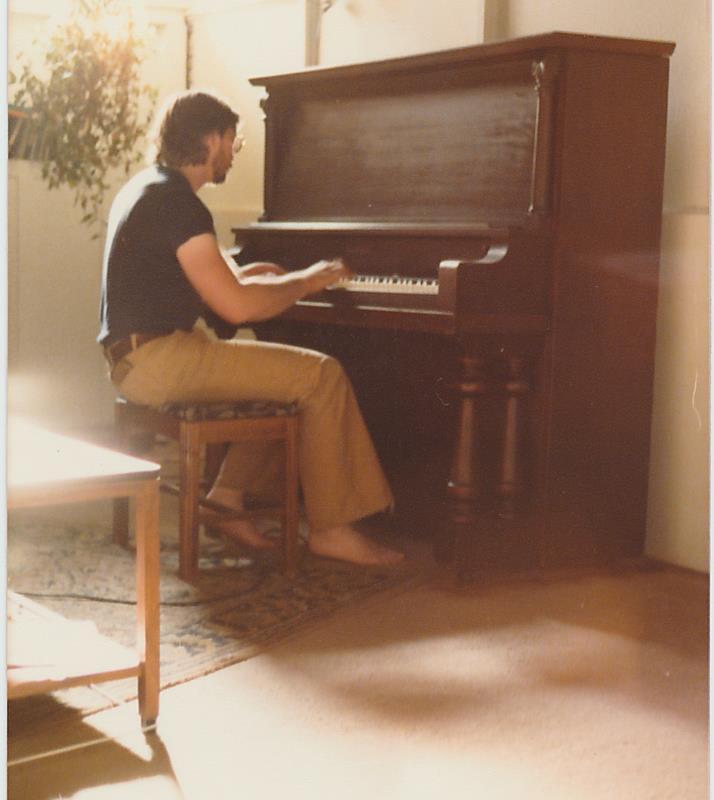

I don’t really know what to say but I just wanted to thank you for sharing your story. I found it really touching. Thank you.
LikeLiked by 1 person
Thank you, Paul! I’m using this blog mostly to serve as a foundation for my memoirs. Writing and reflecting has been enjoyable and thought-provoking for me as I think back to experiences and people who have been pivotal in my life, like Dr. Abbott.
LikeLiked by 1 person
Thanks for the article. Looking back on one’s life it is always nice to remember the people that have had a positive effect. At the time we were all too green to appreciate it. Hope all is well with you and Theresa. Curt
LikeLiked by 1 person
It’s interesting to me how much I remember when I set out to write these stories. Writing and remembering is good for the soul.
LikeLike
Great read Steve. Writing is obviously another one of your many talents. Shawn Hurley
LikeLiked by 1 person
Thanks, Shawn! Going over my old journals, re-discovering my life stories, and sharing them has been a real pleasure.
LikeLike
A good teacher enriches our lives in so many directions. A treasure of a story, thanks Steve.
LikeLiked by 1 person
Thank you, Christina! Unpacking boxes after the last big move, I came across an entire box of my journals from years past, going all the way back to a notebook of poetry I wrote in high school. It has been a renewal to go back through those journals and see life’s experiences through older, maybe wiser eyes, and remember those who’ve in some way added to my experience. It was a unique pleasure to know and learn from Dr. Abbott, who died too soon.
LikeLike
I find one of the rewards of “maturity” is seeing the past through the eyes of experience. The same things we review, art, architecture, etc., seem to be enriched with each decade when seen through the knowledge acquired.
LikeLiked by 1 person
Keep up the good work!
LikeLiked by 1 person
Wow, Schmitt Music – I spent so many hours there as a kid. Guitar lessons when I was eight, piano lessons on Monday nights when I was twelve. One summer during college I took the piano technician class (never had the patience to do anything with it, though). Brings back lots of memories. Thank you for sharing!
LikeLiked by 1 person
I’m pleased that you enjoyed my trip back in time. Schmitt certainly was a Twin Cities institution. I can assure you that it was a very interesting place to work. Because Orchestra Hall was across the street, the Schmitt piano crew spent quite a bit of time there preping, adjusting and tuning their wonderful pianos for concerts. I had the privilege of assisting with duties for an Oscar Peterson concert, which was really fun. We tuned two pianos almost continously for a day before the concert, then Oscar came and played them, selecting his choice for the evening. And I participated in unpacking and setting up their brand new Bösendorfer Imperial. Thanks for your feedback!
LikeLike
Oscar Peterson! One of my favorites!
Have you seen this documentary about making a Steinway? http://www.pbs.org/program/note-by-note/
LikeLiked by 1 person
Most certainly one of mine, as well. I wish I’d had a tape recorder just to catch him going over the two pianos we had prepared for him. Sends a shiver down my spine now, just thinking of it. The best was when I attending UM and I saw a handbill announcing a short-notice performance that Oscar was giving in a small auditorium on campus. He wasn’t even playing a show, but someone with connections had got him to play at the U. No reserved tickets, so I showed up way early and got a seat in the front row just a few feet away. I don’t have to tell you that was a magical experience!
Yes, thank you, I have seen that documentary. I also follow Steinway on Facebook – https://www.facebook.com/steinway/
LikeLike